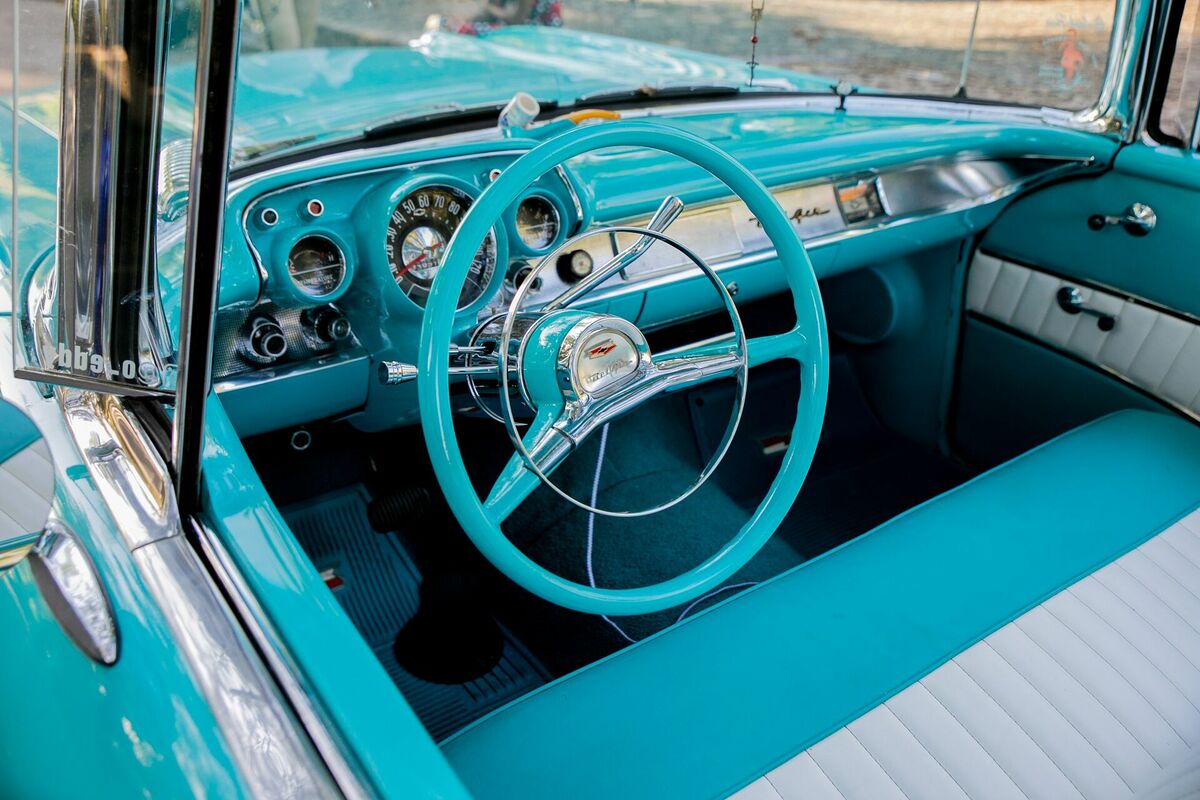
Automašīna, Photo by RODNAE Productions from Pexels
Restoring a classic car can be a fantastic way to revive a part of automotive history, especially if you have found a rare model. Together with NERINGS SIA, we look up the things that should be on the to-do list when restoring a classic car to make sure everything works as it should afterwards.
Finding the car and spare parts
The first step is to find your car, and then find the spare parts for vintage cars. Do you have a specific brand, model and year in mind or are you just looking for a project car? If you are thinking about a particular vehicle, first make sure you can find the parts you need – are they available even if you cannot get them locally?
Then you should decide whether you will be fine with spare parts, or you want to stick to original parts where possible. Original parts are a great way to make a restored car as authentic as possible. It is also possible to restore the existing car parts.
Decide which type of car restoration you want to do
There are four different levels of classic car restoration, and each one requires more work than the other. To simply get from one place to another, this is the basic level – fix a few visual damages, replace essential parts, and just get out and about. If you are restoring a car for your own personal use, that is probably all you need to do, unless there is some major damage to the car.
Restoration for street exhibition is a step above the basic renovation – all major and minor aesthetic problems need to be restored and fixed.
The restoration of a show car may require professional work. This is a car you probably will not drive on a daily basis after renovation. It is important to have original spare parts for show cars, as they also serve as part of the exhibition object.
Collecting is the highest level – this is what you should aim for if you plan to put your car in a private collection. Vintage cars that have been renovated down to the smallest detail, either by restoring original parts or finding authentic spare parts, are usually not meant to be driven and are mostly assembled only by professionals.
Update your safety features
One of the most obvious problems with old cars is that their safety features are not always complete – there are no airbags and seat belts could perhaps be replaced to ensure that the driver and passengers are safe in the event of an accident. Even Jay Leno, the world-famous antique car collector, adds seat belts to his oldest classic cars if they were not originally fitted.
You can also upgrade the electronics, radio and even the air conditioning without making too many noticeable changes. Of course, you do not have to worry about the changes being too noticeable if you are restoring a car just for your own use – let yourself go a little crazy and bring your classic car into the 21st century with things you could not even imagine before!
Know your limits
Car restoration is not as simple as regular car maintenance. Before
buying a project car, assess your skills and know your limits. If you think you
may need help
in the restoration process, contact NERINGS SIA or visit
their website, which has a wide range of new original and restored parts that
may be of use to you.

Automašīna, Photo by RODNAE Productions from Pexels